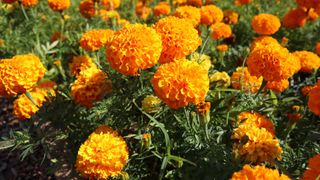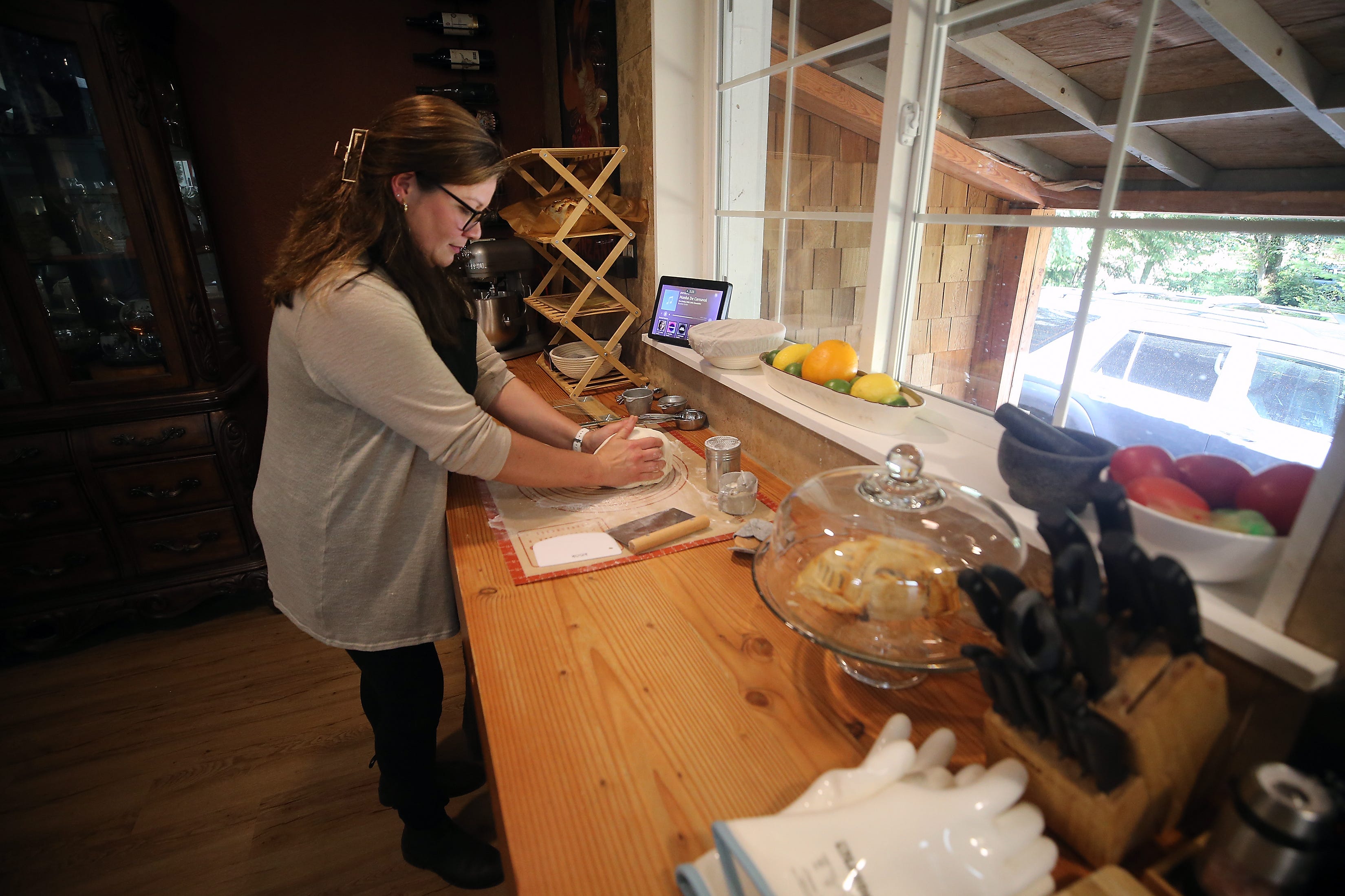Since the early 2020’s, the homesteading trend has exploded in popularity. Off-grid in theory, but often online in practice, millennials in particular have heeded a desire to move to the country to grow and raise their own food. Some romanticize a simpler, more traditional life (see the adjacent “trad wife” trend). Others are looking to reject the burdens of technology. The trend even got a boost from the backyard chicken craze, which is sometimes referred to as the “gateway animal” as more homesteaders are looking to farm their own meat. But the rise in homesteading has a dark side: countless stories of animal farming and butchering gone awry. Despite the wholesome fantasy you see on social media, experts warn would-be homesteaders that raising animals for meat is harder than it looks.
Push past the “cottagecore” Instagram reels and the “how-to build a chicken coop” YouTube videos, and you will find numerous online discussion groups and threads packed with homesteaders seeking how-to guidance. On Reddit, for example, the homestead subreddit currently boasts 3 million members, with questions about tree care, jam-making, weed control and tractor repair. But deeper into the subreddit, you will come across homesteaders asking more difficult questions — sharing their troubling concerns about animals, including sick livestock, wild predators and slaughter screwups.
‘Some of Them Went Quick, Some Did Not’
“Botched my first chicken slaughter,” writes one homesteader on the subreddit. “Knife was only sharp enough to hurt the chicken. Then we frantically ran around trying to find something to get the job done only to find not good options and hurting this poor cockrell [sic]. Finally, I tried to break its neck but couldn’t so I strangled it.” The lesson learned, according to the poster: “we both need to learn how to properly sharpen knives.”
“On butcher day we thought we were prepared,” writes another about slaughtering pigs, named Ham, Bacon, Sausage and Porky. “We had bought a .44 caliber rifle instead of a .22 just in case. The first 3 went down fine and were stuck quickly. The last one raised its head just as I was pulling the trigger and it hit her jaw. I felt gutted that she had to go through that pain and suffering till we could get her down.”
Some users are open to admitting their lack of experience. “I’d never slaughtered animals before,” laments one homesteader about killing ducks. “Some of them went quick, some did not […] some of the big ducks had a bad go of it.”
Meg Brown, a sixth-generation cattle rancher in Northern California, says she is surrounded by people jumping on the homesteading bandwagon, when many of them don’t understand just how hard it is to farm animals. “It looks a lot different online than it is in real life,” she tells Sentient. “It’s more challenging,” and not everyone has the knowledge or experience to properly take on the task.
“I had a friend that got a bunch of chicks and let her baby and her kid handle them,” Brown says, “and her kids got salmonella.” And many new homesteaders “want to get one cow or one pig, and they want me to sell them that, and I refuse to sell herd animals as single. I think that’s really cruel.”
DIY Homesteaders Turn to Youtube
Youtube has democratized how we learn, including endeavors as high risk and complicated as raising and killing farm animals. “I’ve been thinking a lot lately about raising animals for meat,” one Redditor writes, “learning the basics through YouTube videos, etc.”
Videos that tick off the steps of how to kill and butcher animals at home are abundant on the platform. Yet, even basic professional butchering courses take several weeks of study and often require hands-on training.
For those homesteaders who express concerns about butchering animals, including the guilt they might feel, members of the online community are ready with tips on how to get the job done.
“I just don’t know if I would be able to do it,” writes one Redditor learning with YouTube. “Raise an animal from a baby to adult and then, right at its prime, butcher it…Do you have to wrestle with any guilt?” There is plenty of advice: ‘just commit,’ and “pulling the trigger on an animal you have cared for for months is never easy, but we do it for the good of the family.” A number of Redditors offer tips for how to promptly cut the jugular vein. Others advise how to get animals accustomed to human interaction “in the months leading up to slaughter to ensure they are calm when we walk up to pop the shot.”
Meanwhile, even lifelong rancher Brown won’t slaughter animals herself. “I have a professional come and do it,” she explains. “I would mess up.” Many would-be homesteaders don’t realize that “animals have personalities,” she says, and you can get attached to them. “Then you have to kill them after you’ve raised them,” something she herself admits she does not want to do.
Different Paths to Homesteading
Researchers of homesteading say there are some differences between newcomers and homesteaders who come from a farming background. In his book, Shelter from the Machine: Homesteaders in the Age of Capitalism, author Dr. Jason Strange explores the divide between what he calls the “hicks” — more traditional homesteaders with rural roots — and the “hippies” who are newer to the lifestyle and tend to be motivated by more counterculture ideas.
Strange’s book looks at homesteaders pre-social media, mostly older generations, including those who began homesteading in the early 1970s. Yet Strange doesn’t see the so-called millennial homesteaders as all that different. Today’s homesteaders are still interested in moving away from mainstream capitalist culture, towards greater “authenticity” and self-reliance.
Legacy of Vegetarian Homesteaders
For many homesteaders, a core part of the journey towards self-reliant subsistence, says Strange, is eating the animals they raised and slaughtered themselves. The ability to feed homegrown meat to one’s family is celebrated as an important goal in many online homesteading circles — it’s called a “blessing,” and cited as the ultimate proof of a successful homestead.
But there is another subculture within the subculture — homesteaders who are doing it without animals, a microtrend with roots dating back to at least the 1970s. Even back in the early days of the modern homesteading movement, says Strange, “particularly amongst the counterculture folks, the hippies, you would have found folks who were intentionally [not raising and slaughtering animals].”
The more vegetarian side of homesteading is also thriving online, with some accounts touting the benefits of “meatless homesteading,” and tips on “how to homestead without animals,” or even ways to make money on the homestead without selling animal products.
Last year on r/homestead, a subreddit dedicated to homesteading, a would-be homesteader was struggling with allergies to farm animals and zoning restrictions. “Am I a ‘real’ homesteader without animals?,” retromama77 asked. “It’s not a prerequisite,” one Redditor responded. “If you’re making efforts to be self-sustaining you’re a homesteader,” answered another. After all, as yet a third homesteader admits, “It’s actually not fun to raise animals to kill them.”
Source: sentientmedia.org


























